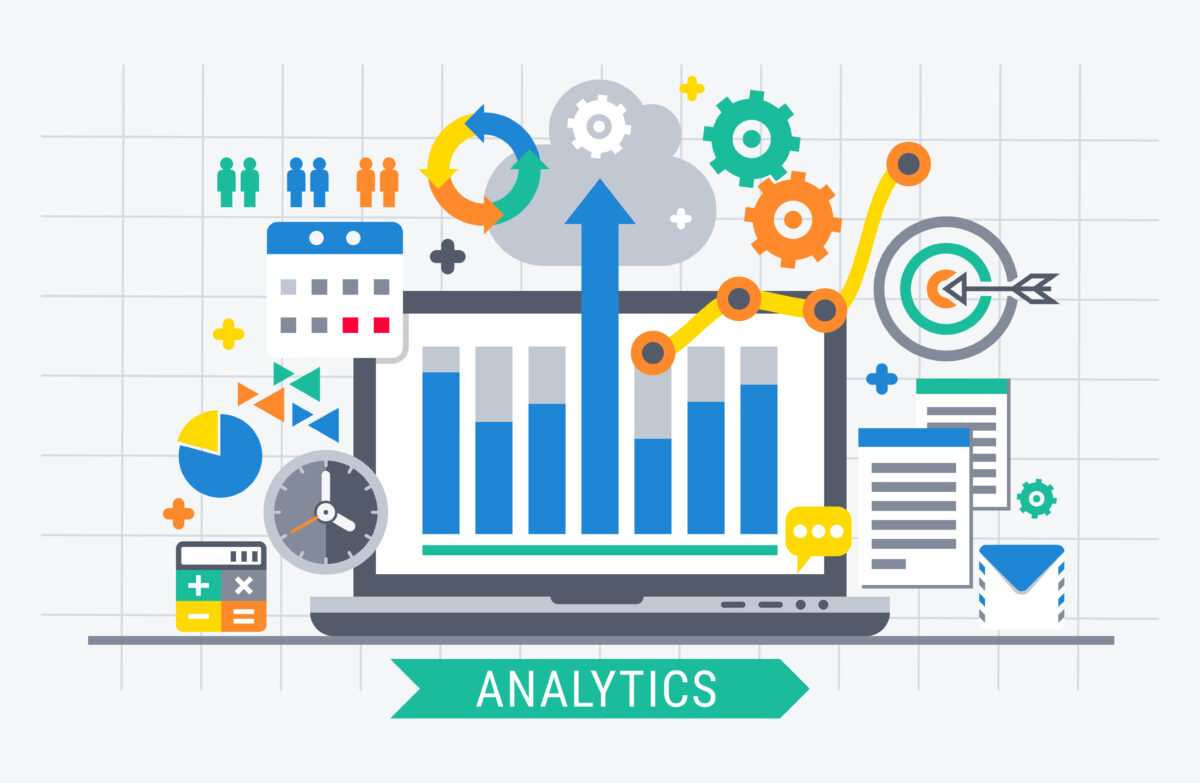
SEO for SaaS: Tips to Boost Your Online Presence (Part 2)
In Part 1 of our SEO for SaaS article series, we explored the importance of SEO for SaaS marketers, the intricacies of how it works, on-page and off-page SEO specifics, and the role of social media in your search engine rankings. You can read that article here.
Today, we’re going to continue talking about how SaaS businesses can boost their online presence by delving into some detail on technical and local SEO, and discuss how to track and iterate your SEO efforts.
Technical SEO for SaaS Websites
Technical SEO includes the tactics that address the technical aspects of a website with the goals of improving its search rankings. This is achieved through a few key areas.
Site Speed and Mobile Optimization
Site speed and mobile optimization play a significant role in the user experience and are key factors in Google’s ranking algorithm.
- Site Speed: A slow-loading website can increase bounce rates and negatively impact your SERP rankings. To improve your site speed, consider optimizing images, leveraging browser caching, reducing server response time, and minifying CSS, JavaScript, and HTML.
- Mobile Optimization: With the rise in mobile browsing, having a mobile-optimized site is no longer optional. Google’s mobile-first indexing means the mobile version of your website is considered the primary version for ranking purposes. Ensure your site is responsive, offers easy navigation, and maintains fast loading times on mobile devices.
XML Sitemaps and Robots.txt Files
XML sitemaps and robots.txt files guide search engines in understanding and indexing your website.
- XML Sitemaps: An XML sitemap lists all the pages on your website that you want search engines to index. It helps search engines understand the structure of your site and discover new pages. You should regularly update your sitemap and submit it to Google Search Console and other search engines.
- Robots.txt Files: The robots.txt file tells search engines which pages or sections of your site to crawl or not to crawl. It’s useful to prevent search engines from accessing duplicate content or low-value pages that don’t contribute to your SEO efforts.

Secure Sockets Layer (SSL) and Its Impact on SEO
Secure Sockets Layer (SSL) is a security protocol that creates an encrypted link between a web server and a browser. It ensures all data passed between the web server and browsers remain private and integral.
Google has confirmed that HTTPS, which requires an SSL certificate, is a ranking signal. This means websites that secure their sites with SSL may receive a slight ranking boost over those that don’t. More importantly, a non-HTTPS site can lead to a warning being displayed in users’ browsers, which could deter potential visitors.
Miscellaneous Technical SEO Considerations
In addition to the above aspects, technical SEO also involves fixing broken links, ensuring clean and descriptive URL structures, and implementing structured data markup. By addressing these technical elements, you can enhance your website’s visibility and usability, leading to improved SEO performance.
Local SEO for SaaS Companies
Local SEO is a vital strategy for businesses that target customers in specific geographical locations. It involves optimizing your online presence to attract more business from relevant local searches on Google and other search engines.
Even SaaS businesses operating globally can still benefit from a local SEO strategy. This approach can help you dominate the local market, establish a strong brand presence, and build trust with local customers. Moreover, it allows you to create more personalized marketing campaigns that resonate better with local audiences.
Google My Business Profile
Google My Business (GMB) is a free tool that lets you manage how your business appears on Google Search and Maps. It is also a critical part of local SEO. Here are some tips to optimize your GMB profile:
- Complete Your Profile: Fill out every section of your GMB profile, including business name, address, phone number, website, hours of operation, and business category.
- Add High-Quality Photos: Photos help your listing stand out and give potential customers a visual idea of what to expect. Include images of your office, team, and any physical products if applicable.
- Keep Information Up-to-Date: Ensure your information is current and accurate. If you change locations or phone numbers, update your GMB listing immediately.
- Use Posts to Engage with Customers: Google My Business allows you to create posts to promote events, products, offers, and content. Use this feature to engage with your local audience.
Reviews and Ratings
Reviews and ratings play a significant role in local SEO. They not only impact your rankings in local search results but also influence potential customers’ decisions.
Positive reviews can enhance your business’s credibility and convince potential customers to choose your software over competitors. Encourage your satisfied customers to leave reviews and respond to all reviews, positive and negative, in a professional and timely manner. This shows that you value customer feedback and are committed to improving your offerings.
Tracking and Measuring SEO Success
Tracking and measuring the results of your SEO efforts is crucial to understand the effectiveness of your strategies and make data-driven decisions. Without measurement, you won’t know what’s working, what needs improvement, or how to strategically allocate your resources for maximum impact.
Regularly tracking your SEO metrics provides insights into your website’s performance, audience behaviour, and conversion rates. This can help you refine your strategies, fix any issues, identify opportunities, and ultimately drive more organic traffic, leads, and conversions.

Overview of Essential SEO Tools for Tracking
There are several tools that can help you track and measure your SEO efforts effectively.
- Google Analytics: This free tool from Google provides comprehensive insights into your website’s traffic, user behaviour, and conversions. It allows you to monitor key metrics like organic search traffic, bounce rate, average session duration, and pages per session.
- SEMrush: SEMrush is a powerful SEO tool that offers extensive features for keyword research, competitive analysis, backlink tracking, and more. It also provides detailed reports on your website’s SEO performance.
- Moz: Moz offers a suite of SEO tools, including keyword research, site audits, and backlink analysis. Its Page Optimization feature gives actionable recommendations for improving the SEO of individual pages.
- Google Search Console: This free tool from Google helps you understand how Google’s search engine sees your website. It provides data on your site’s search traffic, index status, and technical issues that could affect your rankings.
Tips for Interpreting and Acting on SEO Data
Interpreting and acting on SEO data is just as important as collecting it. Here are some best practices to accurately read and act upon your SEO data:
- Set Clear Goals: Define what success looks like for your SEO efforts. This could be increased organic traffic, higher rankings for specific keywords, more backlinks, or improved conversion rates.
- Monitor Key Metrics Regularly: Regularly check key metrics like organic search traffic, bounce rate, page load speed, and conversion rates to gauge your SEO performance.
- Use Data to Inform Decisions: Use the insights from your SEO data to inform your strategies. If certain keywords are driving a lot of traffic, consider creating more content around those topics. If your site speed is slow, work on optimizing your site’s performance.
- Be Patient: SEO is a long-term strategy. Don’t expect instant results. Instead, focus on making consistent improvements and tracking your progress over time.
In conclusion, remember that a well-executed SEO plan is a powerful tool for driving organic traffic, generating leads, and increasing conversions. However, SEO is not a one-and-done endeavour. It requires continuous effort, regular monitoring, and ongoing optimization based on evolving search engine algorithms, market trends, and user behaviour. The key is to remain patient and think about SEO as a long-term strategy that, when done correctly, contributes significantly to continued business benefits.
Wondering how to optimize your website for search engine rankings?
Speak to an SEO Specialist at Cyan Solutions today! Contact Us.

Discover what Cyan can do for you
We want to get to know you better so we can understand what services are going to help you meet your goals.